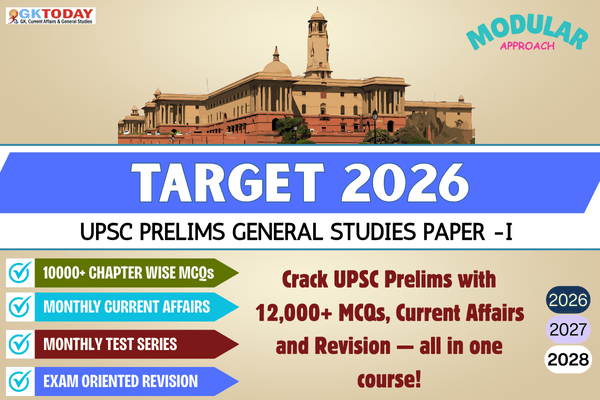- The Presidential candidate needs to file the nomination along with a signed list of 50 proposers and 20 seconders.
- The fixed value of each vote by a Member of Parliament (MP) of the Rajya Sabha and the Lok Sabha is 708.
- The value of one MLA's vote in Maharashtra is highest and in Arunachal Pradesh is lowest.
Answer: Only 2
Notes: Statement 2 is correct: the fixed value of each vote by an MP (Rajya Sabha or Lok Sabha) is 708. Statement 1 is incorrect because a Presidential candidate needs 50 proposers and 50 seconders, not 20. Statement 3 is incorrect: the highest MLA vote value is from Uttar Pradesh, and Maharashtra is less, while the lowest is Arunachal Pradesh. Hence, only statement 2 is correct.
